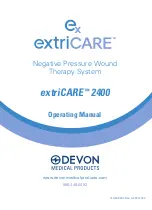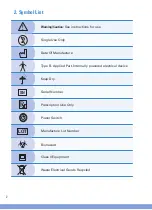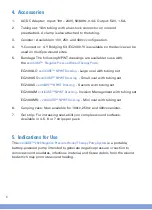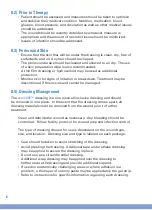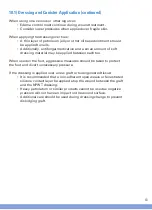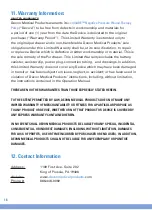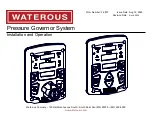
8
8.2) Prior to Therapy
•
Patient should be assessed and measures should be taken to optimize
and stabilize their medical condition. Nutrition, medication, blood
glucose, blood pressure, and circulation as well as other medical issues
should be addressed.
•
The wound should be recently debrided by whatever measure is
appropriate and the amount of necrotic tissue should be minimized.
•
Issues of infection should be addressed.
8.3) Periwound Skin
•
Ensure that the skin that will be under the dressing is clean, dry, free of
surfactants and oil. Any hair should be clipped.
•
The periwound area should be cleaned and allowed to air dry. The use
of a skin preparation wipe is also recommended.
•
A thin film dressing or hydrocolloid may be used as additional
protection.
•
Monitor skin for signs of irritation or breakdown. Treatment may be
discontinued if this occurs and cannot be managed.
8.4)
Dressing Management
The
extriCARE™
dressing is a one piece all inclusive dressing and should
be removed in one piece. In the event that the dressing comes apart, all
dressing materials must be removed from the wound prior to further
treatment.
Clean and debride the wound as necessary. Any bleeding should be
controlled. Follow facility protocol for wound prep and infection control.
The type of dressing chosen for use is dependent on the wound type,
size, and location. Dressing size and type is labeled on each package.
•
Care should be taken to avoid stretching of the dressing.
•
Avoid pleating the dressing. Additional tape and urethane dressing
may be applied to secure the dressing in place.
•
Do not use as a circumferential dressing.
•
Additional wrap dressing may be applied over the dressing to
further secure the dressing and provide additional support.
•
If used on anatomically challenging areas or where adhesion is a
problem, a thin layer of ostomy paste may be applied atop the gel strip.
•
Refer to instructions for specific information regarding each dressing.

